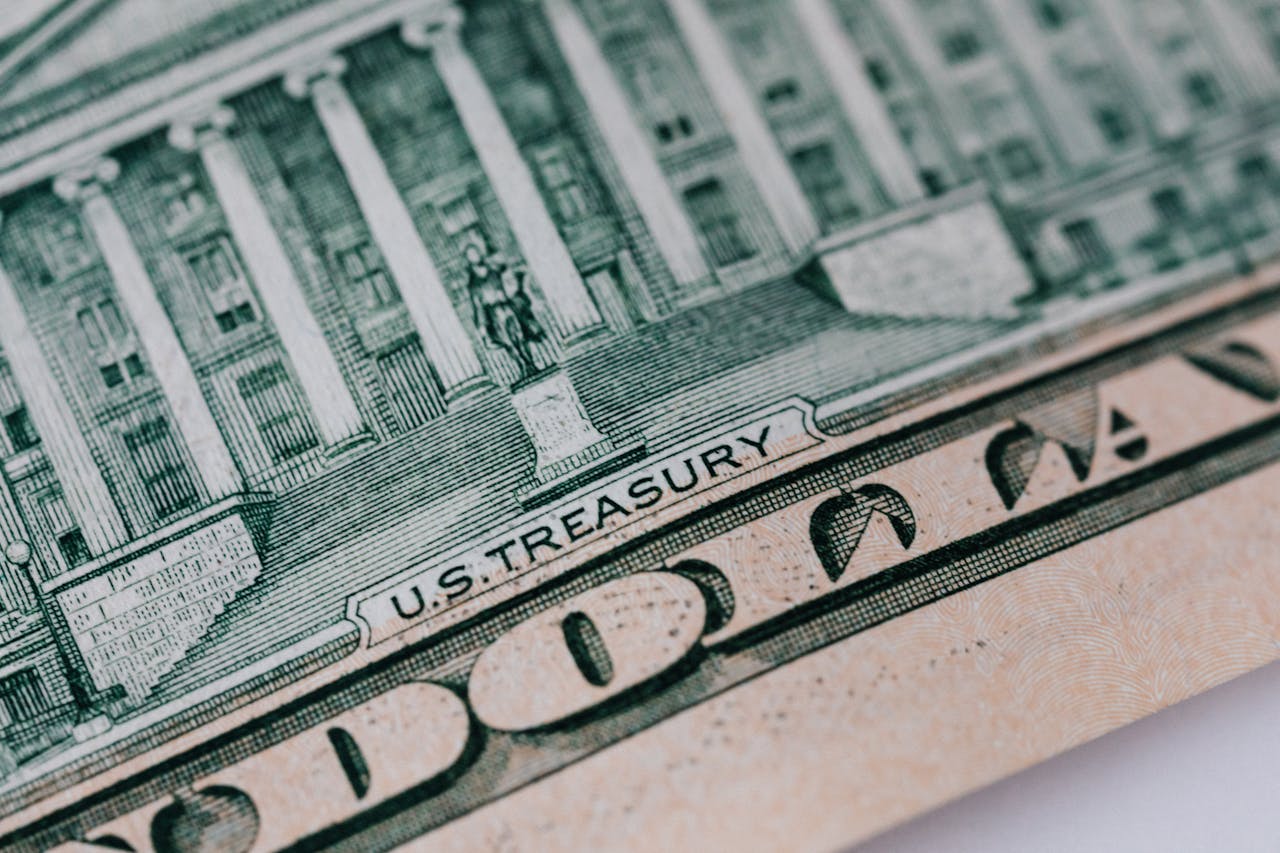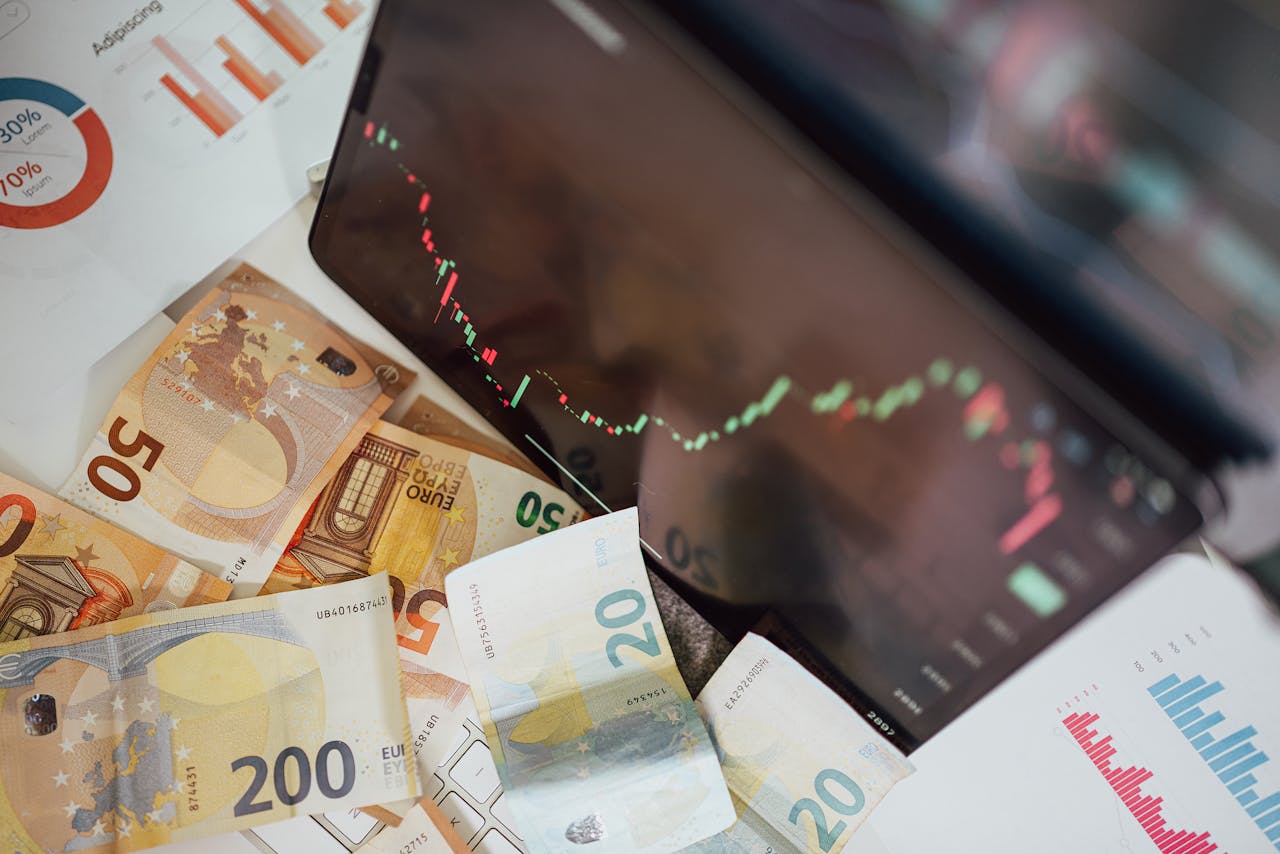Market Rallies on Powell’s Rate Cuts Signal
Stocks in the market surged on Friday after Federal Reserve Chair Jerome Powell signaled the central bank’s readiness to initiate rate cuts. Powell’s comments provided the clearest indication yet that an easing cycle is on the horizon, with significant implications for the U.S. economy.
The S&P 500 (^GSPC) rose by 1%, while the Dow Jones Industrial Average (^DJI) climbed 0.9%, or over 300 points. Leading the gains, the tech-heavy Nasdaq Composite (^IXIC) jumped roughly 1.5%. The rise marked a strong recovery from Thursday’s losses across all three major indexes.
Market Optimism Grows Ahead of Rate Cuts
Investor sentiment turned optimistic as Powell delivered his much-anticipated speech at the Jackson Hole Economic Symposium. For weeks, speculation had built around potential rate cuts, with markets eagerly awaiting confirmation. On Friday, that confirmation came.
Powell stated, “The time has come for policy to adjust.” He clarified that the “direction of travel is clear,” but emphasized that the timing and pace of rate cuts will depend on incoming economic data and the balance of risks.
Labor Market Softness Acknowledged
In his remarks, Powell also acknowledged recent signs of weakness in the labor market. He noted that the Federal Reserve does not “seek or welcome further cooling in labor market conditions.”
The July jobs report, released earlier this month, showed only 114,000 jobs added, with the unemployment rate rising to 4.3%. This figure marks the highest level since October 2021. Additionally, new data released earlier in the week revealed that 818,000 fewer people were employed in the U.S. as of March. This suggests that previous reports may have overstated the strength of the job market over the past year.
“It seems unlikely that the labor market will be a source of elevated inflationary pressures anytime soon,” Powell said, addressing concerns that a tight labor market might push inflation higher.
Stock Market Prepare for September Fed Meeting on Rate Cuts
With Powell’s comments setting the stage, investors are now looking ahead to the Federal Reserve’s upcoming meeting on September 17-18. The market has already priced in nearly 100% odds of a rate cut, with a strong preference for a 0.25% reduction over a 0.50% cut.
Powell reflected on the progress made since the pandemic, stating, “Four and a half years after COVID-19’s arrival, the worst of the pandemic-related economic distortions are fading.” He added that inflation has “declined significantly,” and the Fed’s efforts have aimed to “restore price stability while maintaining a strong labor market.”
Echoes of Previous Jackson Hole Speeches
Powell’s latest remarks mirrored the direct approach he took at the Jackson Hole symposium in 2022. At that time, he discussed the possibility that tackling inflation might require higher unemployment and slower growth. This year, however, Powell appeared more confident that the Fed’s goals are within reach.
“All told, the healing from pandemic distortions, our efforts to moderate aggregate demand, and the anchoring of expectations have worked together to put inflation on what increasingly appears to be a sustainable path to our 2% objective,” Powell concluded.
Treasury Yields Drop on Fed Signals

Following Powell’s comments, the benchmark 10-year Treasury yield (^TNX) fell to around 3.8%, close to its lowest level of the year. This decline reflects investor confidence that rate cuts will help sustain economic growth without triggering a recession.
Market Eyes on Fed’s Next Move
As Powell signals a shift towards rate cuts, market participants remain focused on the Federal Reserve’s next steps. With the September meeting just weeks away, the economic landscape could shift significantly, influenced by the central bank’s decisions. Investors will be watching closely to see if Powell’s confidence in the economy’s trajectory translates into sustained market gains.
The rally in stocks following Powell’s speech suggests that markets are optimistic about the Fed’s new direction. However, uncertainty remains, as economic data and global events could still influence the path forward.
Chart by Trading View


 Europe’s Stoxx 600 index (.STOXX) edged up 0.1%, while Asian shares outside Japan slipped 0.1%. In contrast, Japan’s Nikkei (.N225) rose 0.4% as investors processed recent inflation data and comments from Bank of Japan Governor Kazuo Ueda, who indicated a potential interest rate hike if economic conditions align with forecasts.
Europe’s Stoxx 600 index (.STOXX) edged up 0.1%, while Asian shares outside Japan slipped 0.1%. In contrast, Japan’s Nikkei (.N225) rose 0.4% as investors processed recent inflation data and comments from Bank of Japan Governor Kazuo Ueda, who indicated a potential interest rate hike if economic conditions align with forecasts.